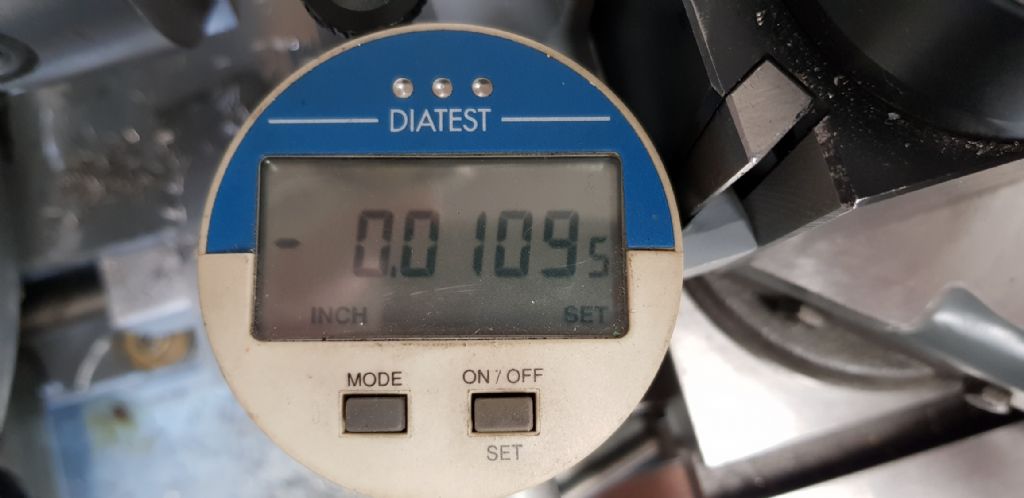I suppose the centimetre is taught as something a bit easier to visualise than the millimetre, and frankly the cm is a bit more useful than the mm for everyday use like clothes sizes and household DIY – but the ISO seems to have become dominated by the ivory-towered who don't think beyond arithmetical nicety.
Everyday use is why units like the inch evolved – they may be eccentric and mathematically incoherent but were based on real people using tools, goods, buildings, clothes etc made to suit human sizes; rather than quantum physics and abstract sums.
We of course know the millimetre as between the diameters of a No.60 and 61 drill….
'
Brought up on Imperial and £.s.d. (and vaguely recalling the principles of Compound Multiplication thereof); working in various engineering and science related trades including having to understand logarithmic units, and with a workshop of machines with thous on them…., I can work in either but find some SI units rather baffling.
I know the Newton is a unit of force but can't disentangle the sense from measurements like 70 N/cm, as labelled on a small motor and worm-gear unit here on my computer desk – I have no idea if I can use this motor for the basis of a milling-machine power-feed because I cannot "picture" 70N/cm.
I recall a college lecturer saying 1N is roughly the weight of 4 apples….
As for the cm…. Yes, the rag-trade and some teachers like it, but I recall a Design & Technology teacher telling me of his frustrating at having to teach his pupils mm because his colleagues who should teach it, won't. I stumble with the centimetre, and often find myself mentally converting it to mm. So if someone tells me something is, "about 15cm by 20cm", I think, "Eh? Oh, 150mm by 200mm. About six inches by eight!"
I have been building a hefty timber bench; and found myself working in both inches and mm, but my 4"-scale steam-wagon's prototype was made to feet and inches and so is the model. Though it seems unsure whether it wants BSF/BSW fasteners or M-series – and of course BA is a metric range!
'
If you really want an utter tangle of ISO-approved units, try this, a real example. The value is negative so the hyphen is a minus sign, but at least it does not expand the Pascal to its kg & m components:
-211.5 decibels referred to 1Volt per micro-Pascal,
…. but it's all right because we can abbreviate it, to -211.5 dB re 1Volt per µPa….
… and be glad the powers-that-be graciously allow us to measure our boilers in Bar.litre not Pa.litre, even if we tend to go and write it as Bar/litre – a division!
(1 Bar = 100 000Pa = 100 000 000 000µPa. At best our ears can or could just detect a sound pressure-level of only 20 – twenty – of those teeny-weeny micro-Pascals).
Mick B1.







